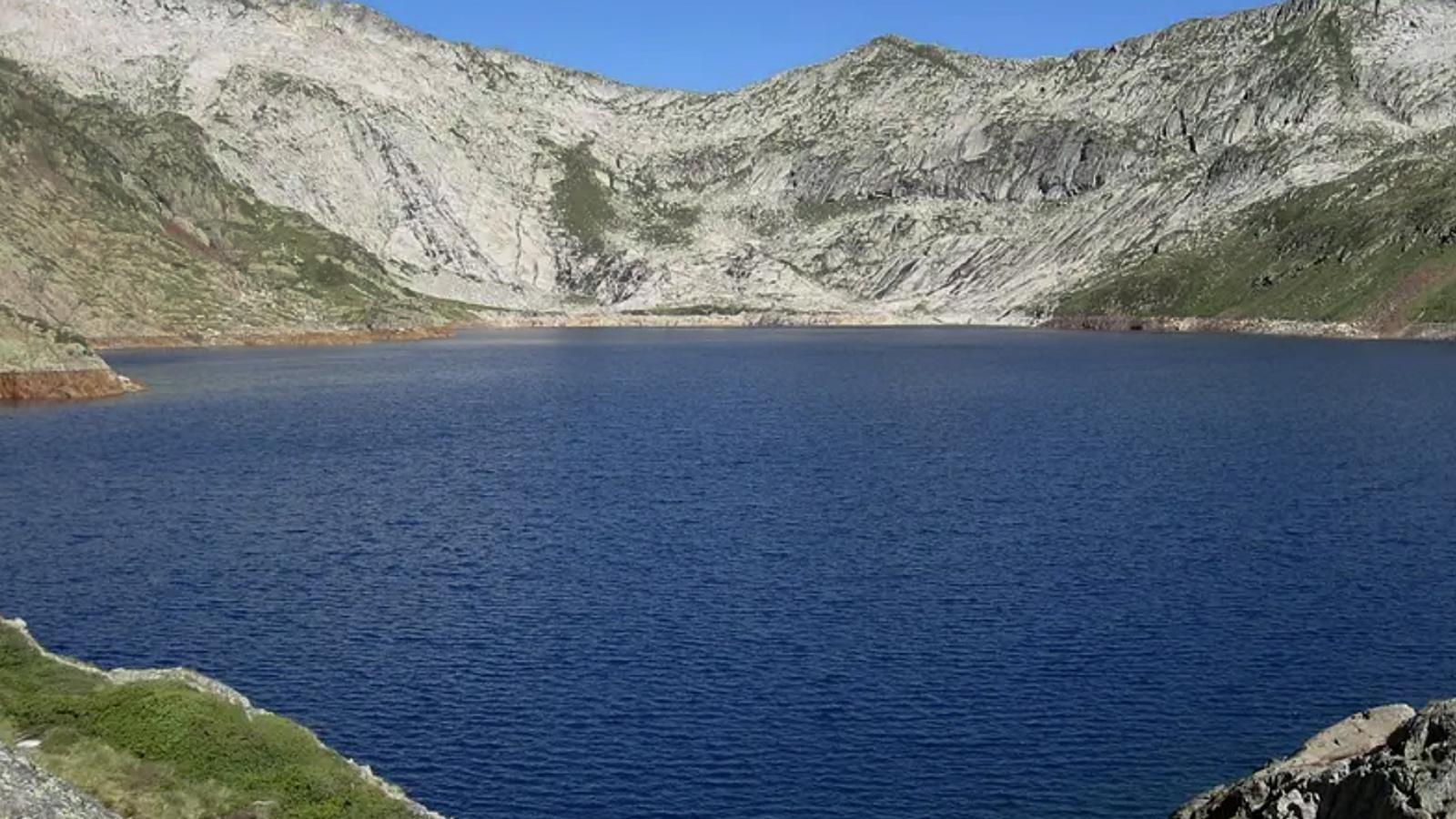One of the unique features of the Tavascan-Montamara complex is its reversible nature. It is the first plant of its kind to be commissioned in Spain. "If the energy price makes it profitable to produce electricity, the plant draws water from the lakes to produce it, and if not, it raises the water to the lakes to be reused as an energy source at a later time," explains Albert Piqué. Another reversible hydroelectric plant is the Sallente-Estany Gento plant in Vall Fosca.
Things that happen 500 meters underground
The Tavascan hydroelectric plant


Today I'm in one of the least densely populated areas in Catalonia. It does, however, have a high density of lakes, formed by snowfields, such as Certascan, the largest in the entire Pyrenees. Few inhabitants, but long inhabited, as evidenced by the numerous Romanesque churches. It's also a site with an interesting industrial heritage. The Tavascan hydroelectric power plant is its finest example.
I'm 500 meters underground, inside the Guerón Peak mountain. I entered through a tunnel located a little above the current village of Tavascan (the old one disappeared due to a terrible avalanche of earth and rocks in 1604). The temperature plummeted as soon as we entered the ground. Fortunately, Albert Piqué, the plant manager who is serving as my guide, lent me a jacket (if you take guided tours, which include the Tavascan Water Interpretation Center and the plant, don't forget a warm jacket).
We drove down a gentle slope, through a fairly large tunnel—so trucks could pass through when parts needed for repairs. A few drops of water were falling, now here, now there. Lucky for the helmet, which he's forced to wear.
"When was all this built?" I ask Albert as we walk through the rooms that form the heart of this cavernous hydroelectric plant. "We didn't lay the first stone in 1959, we removed it," he says with a smile. "It was a very complex project. It lasted until the end of 1971. The rock had to be drilled to make pipes, intakes were made in the lakes to increase their storage capacity, valves were installed to allow water to flow out of the lakes, the tunnel was built, and the space for the large devices was created. The project is one of the most important projects in the entire Spanish state," he tells me.
The mountain above me is woven with underground pipes. "In the 1930s and 1940s, a pipeline was built to collect water from Certascan, to be used for the Sant Antoni reservoir, built between 1913 and 1916," Albert explains as I look at the numerous safety-related instructions on the walls: "Attention! Falls at the same level". "Be careful when using stairs", etc. There are also devices that monitor four-legged animals (mice can do their thing)... and two-legged animals, like us.
"How many of you are working?" I ask Albert. "About twenty," he replies. "But at the beginning there were about 250. Those who operated and those in maintenance." "For me, operating is very generic. I know that a surgeon operates, but a hydroelectric plant worker, what does he operate?" "In our case, operating means being in charge of starting and stopping the generators to produce electricity." Now the operation is fully automated and managed remotely from the control center. No one is here permanently.
We're looking at a large Pelton turbine. Created in North America in the 19th century, Pelton turbines are very suitable for high pressure and low flow situations. This is the case with this hydroelectric plant.
Some elements have been added as needed. Such as an iron door, which closes completely hermetically, and which Albert opens with ease. When we pass through, I have the feeling of entering a high-security area. "About 15 years ago, there was a water leak. The ground was a few feet deep; since the generators and transformers are very close, we had to prevent the water from spreading again at all costs," Albert explains. That's why this door was built, which protects the area where the pipeline from Tavascan Superior reaches. From 900 meters above! It's a large pipeline. Its diameter is larger than I am, and I'm not short. "This is the winter access at the bottom of the Montamara plant," Albert tells me. There's a ladder between the pipeline and the conductors, which goes up and up... until you can't see it anymore. On both sides of the ladder are rails (previously, they were brought up on a trolley, but for safety reasons, and due to the complexity of maintenance, they were removed).
As we approached the exit, after walking through the tunnel, we heard the sound of water. Now it's coming from the sky: a serious storm has broken out (and that was three hours earlier, when we entered the power plant, when it was a brilliant day). In winter, sometimes, after a few hours of being inside, you find a nice, freshly fallen snow.
